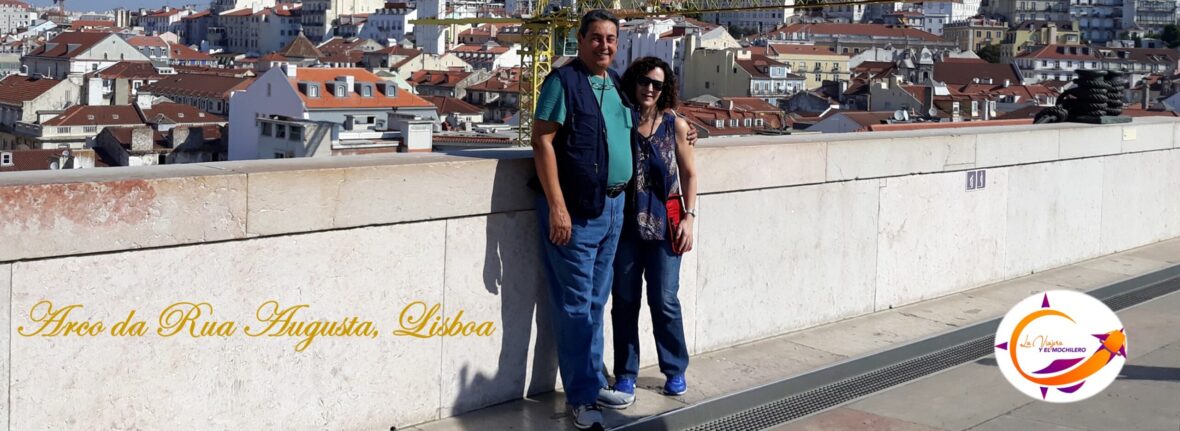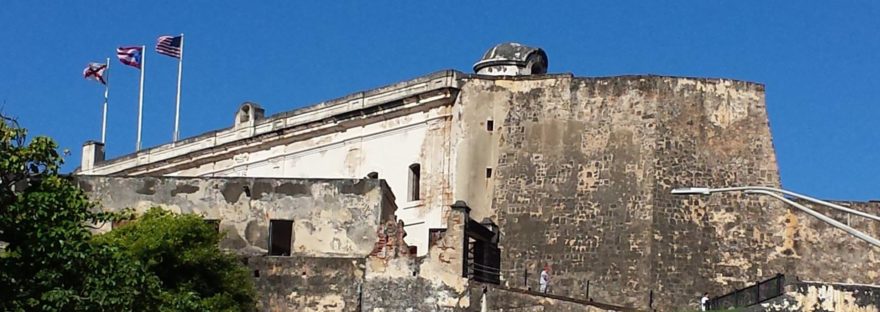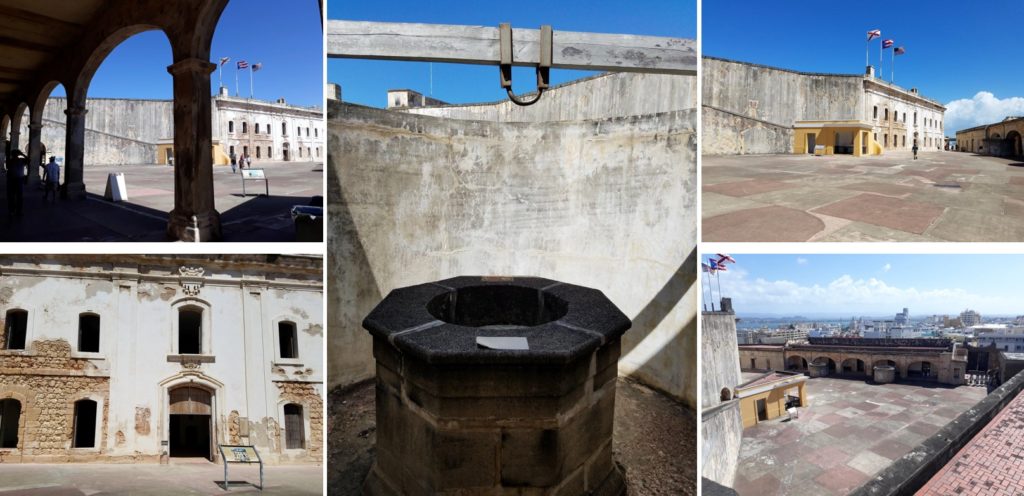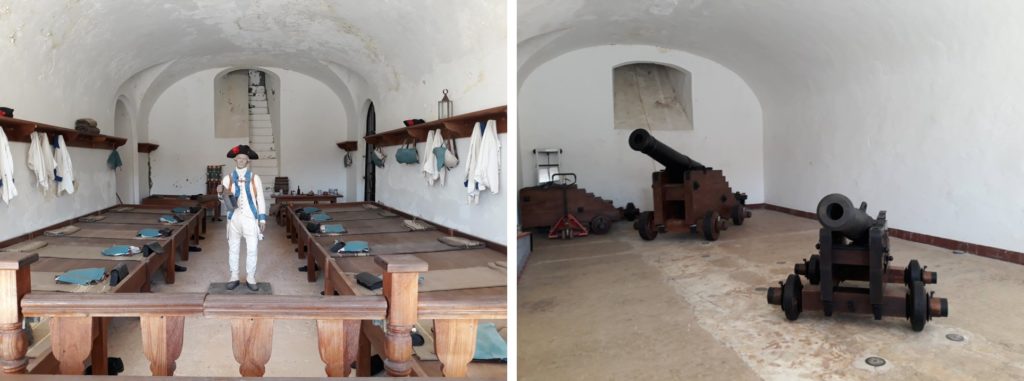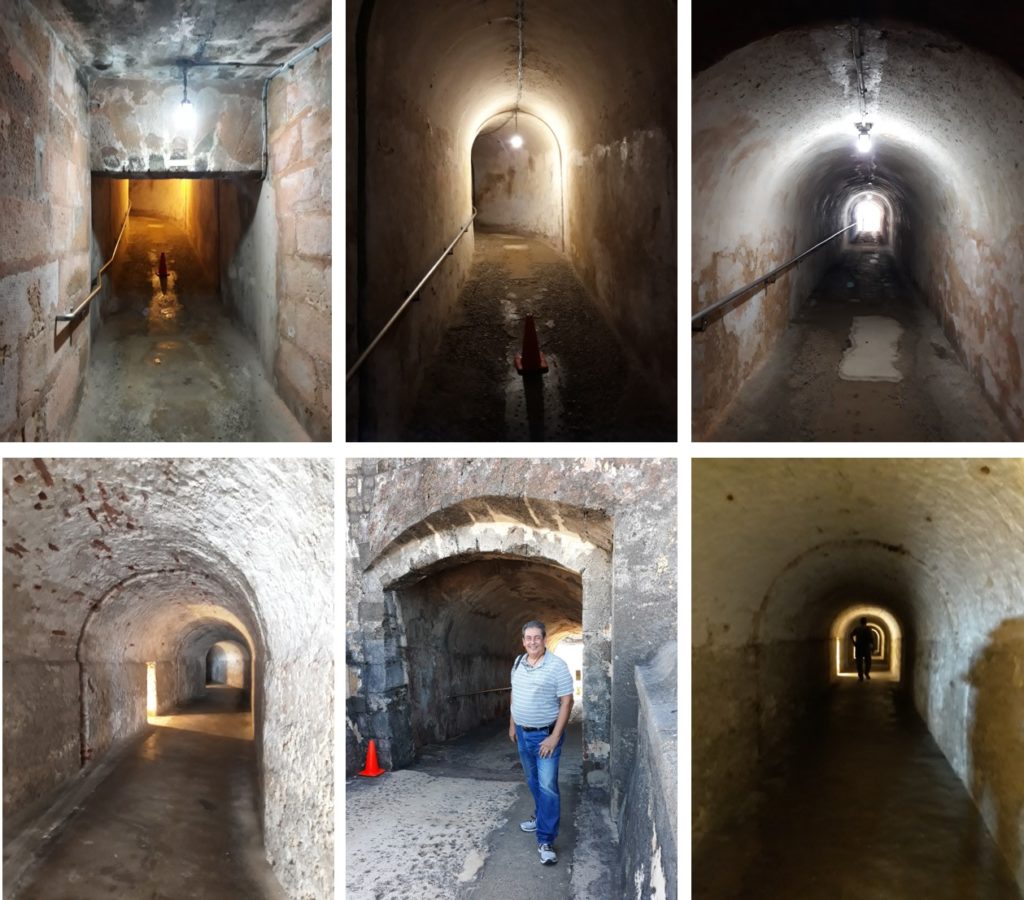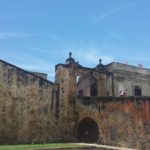 For a long time we have observed the Fort of Saint Christopher (Castillo de San Cristóbal) in Old San Juan (Puerto Rico) recognizing it is a very well thought out and achieved military structure . During a recent visit we confirmed how advanced the Spaniards were in terms of strategic military knowledge, turning the “Castillo de San Cristóbal” into the largest fortification in the Americas.
For a long time we have observed the Fort of Saint Christopher (Castillo de San Cristóbal) in Old San Juan (Puerto Rico) recognizing it is a very well thought out and achieved military structure . During a recent visit we confirmed how advanced the Spaniards were in terms of strategic military knowledge, turning the “Castillo de San Cristóbal” into the largest fortification in the Americas.
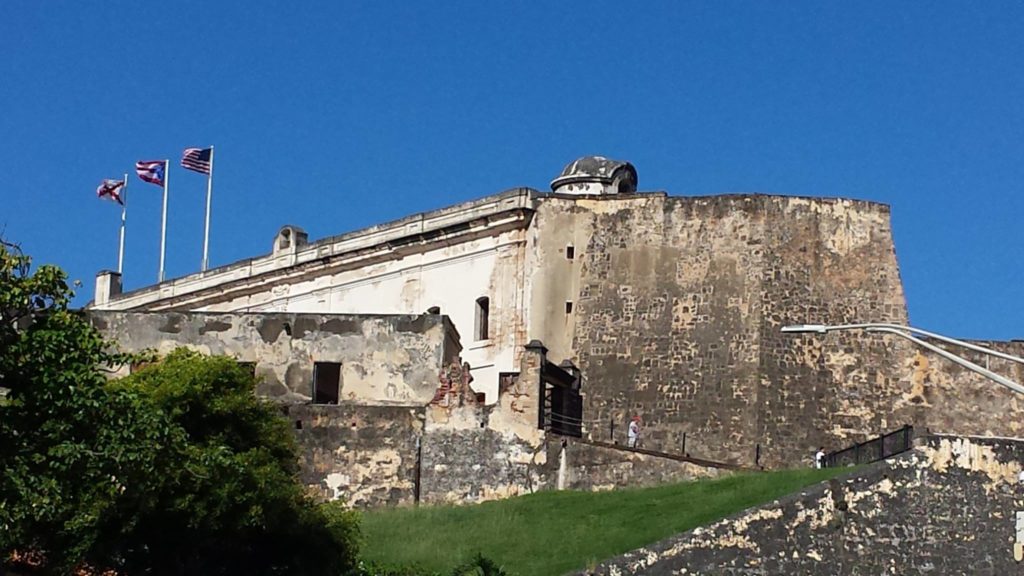
Everything began when the first governor of the island, Don Juan Ponce de León, in 1521 moved the capital to the islet called Puerto Rico*, which had a large bay that allowed entry to the main island of San Juan Bautista*.
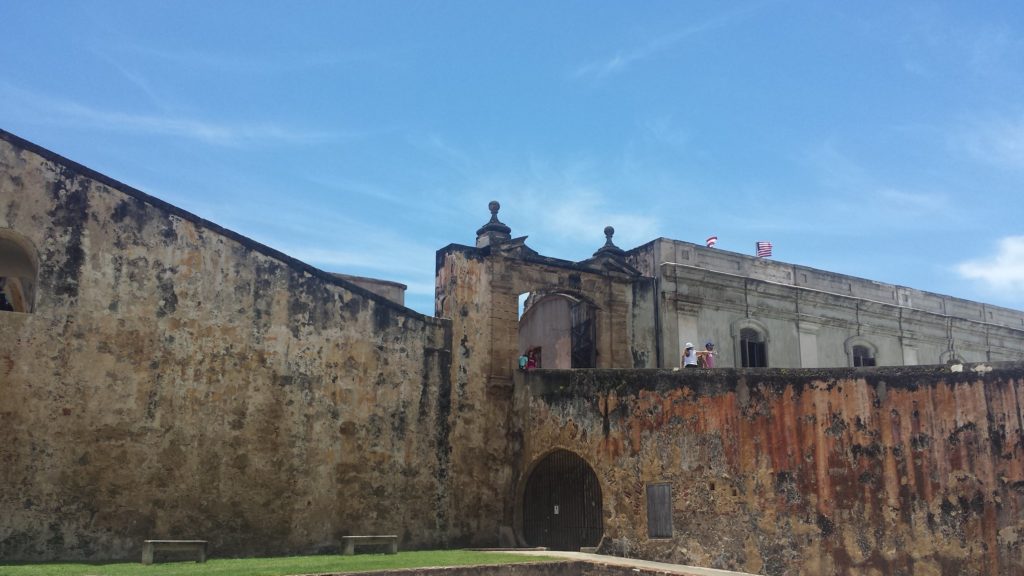
To protect the entry to the Fortress “La Fortaleza” was the first to be built. In the sixteenth century, the Castle of “San Felipe de El Morro” is built on the very tip of the islet and entry to the bay, being the first line of defense against attacks by sea to the city of Puerto Rico*. Like so many constructions, it is built in stages.
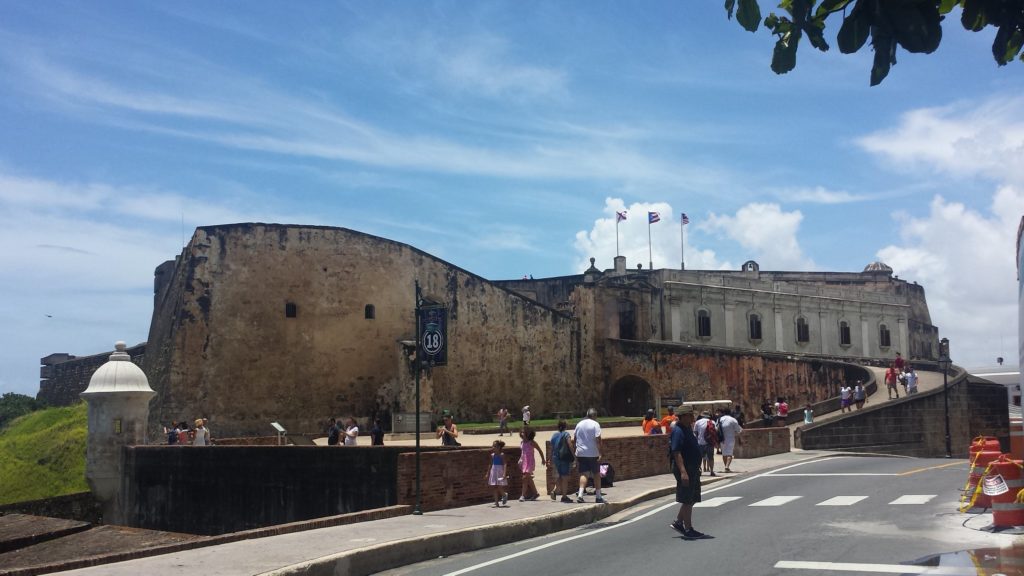
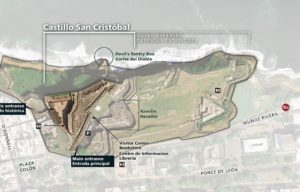
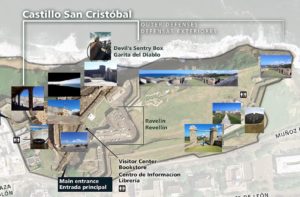
The “Castillo de San Cristóbal” has a “Plaza de Armas” (Central Square) surrounded with officers’ quarters, wells that were supplied by a large cistern (underneath the fortress) , barracks for the soldiers and the Chapel of “Santa Bárbara”.
It was in the tunnels that we found a very particular dungeon. Here you can see drawings of ships done by some prisoner with great talent. These drawings are very well protected and can be seen through a glass.
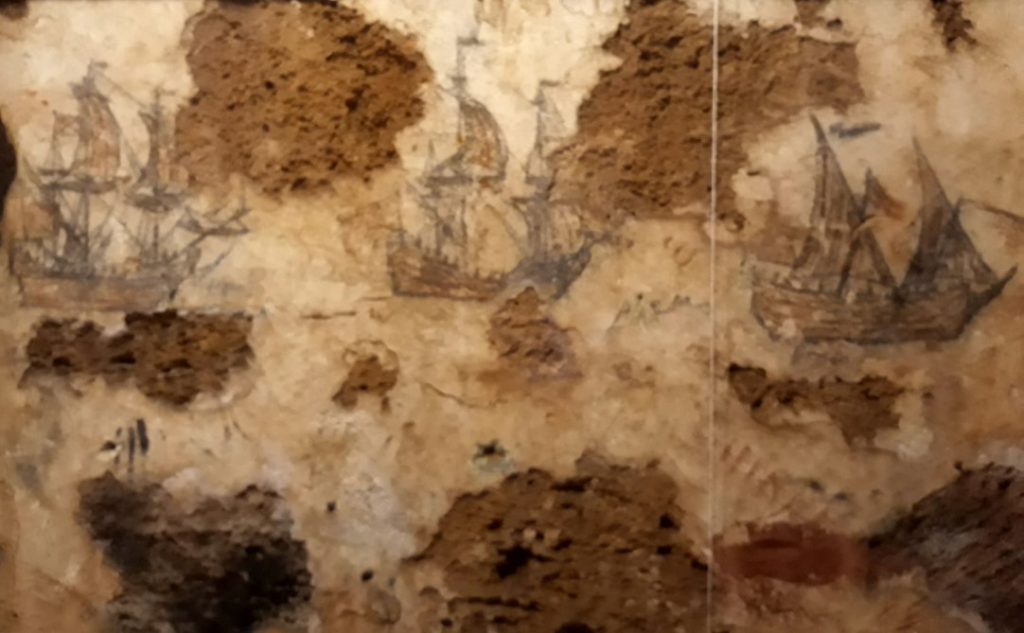

The different levels and forms of the structures that made up the Castillo de San Cristóbal, served to confuse the enemy tremendously. A small force of soldiers placed in a given point, could give the impression that they were a much greater number, when moving to another point with extreme quickly.
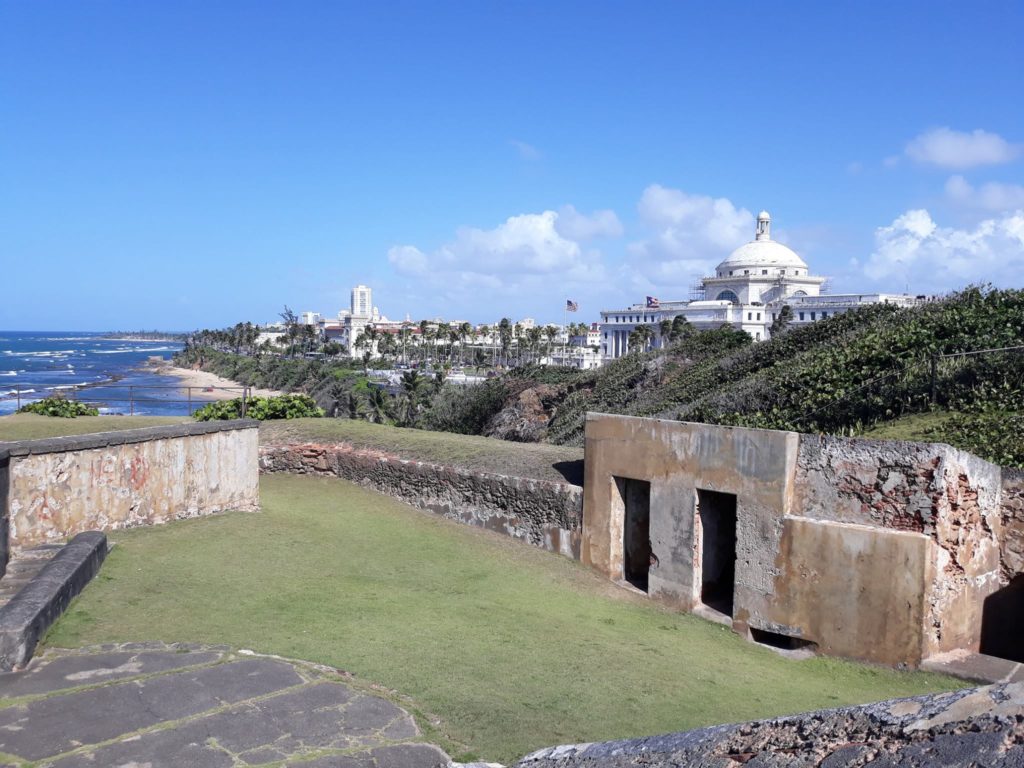
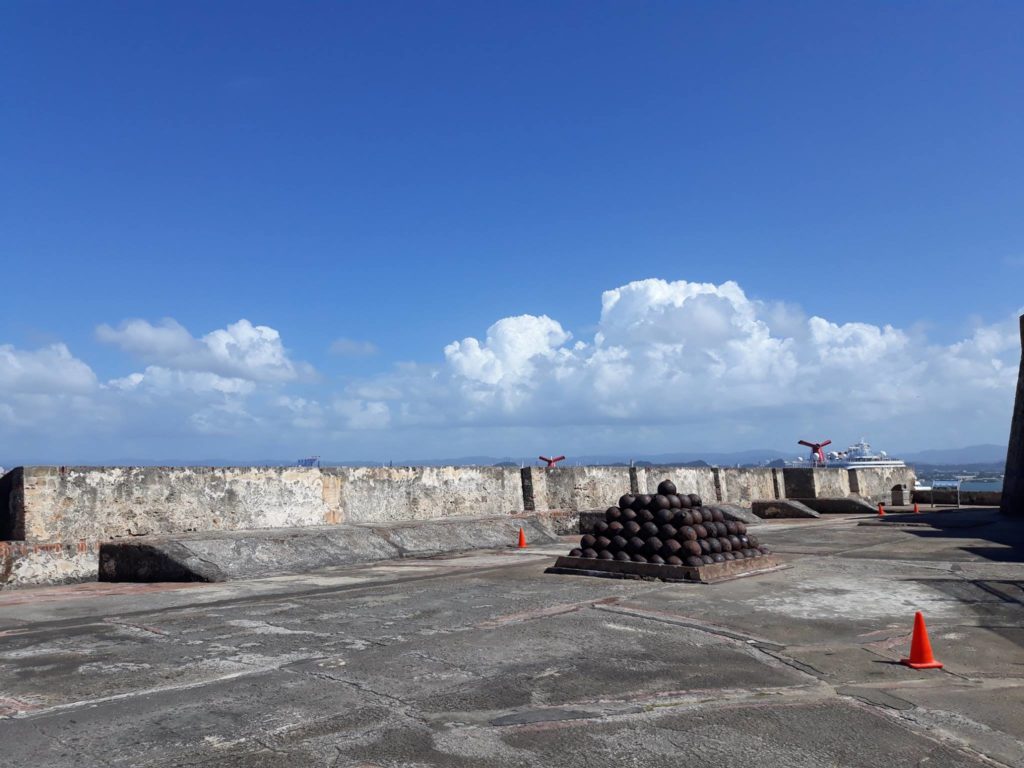
This line of defense would cover 27 acres of land, protecting the island from north to south and to the east.

The Castle of San Cristóbal was comprised of a hornabeque, which is nothing more than an outer fortification that serves as a point of defense against enemy troops. This forced the enemy artillery to be further away from the main fortification so that they would not damage it. The hornabeque was surrounded by dry moats to make access even more difficult.
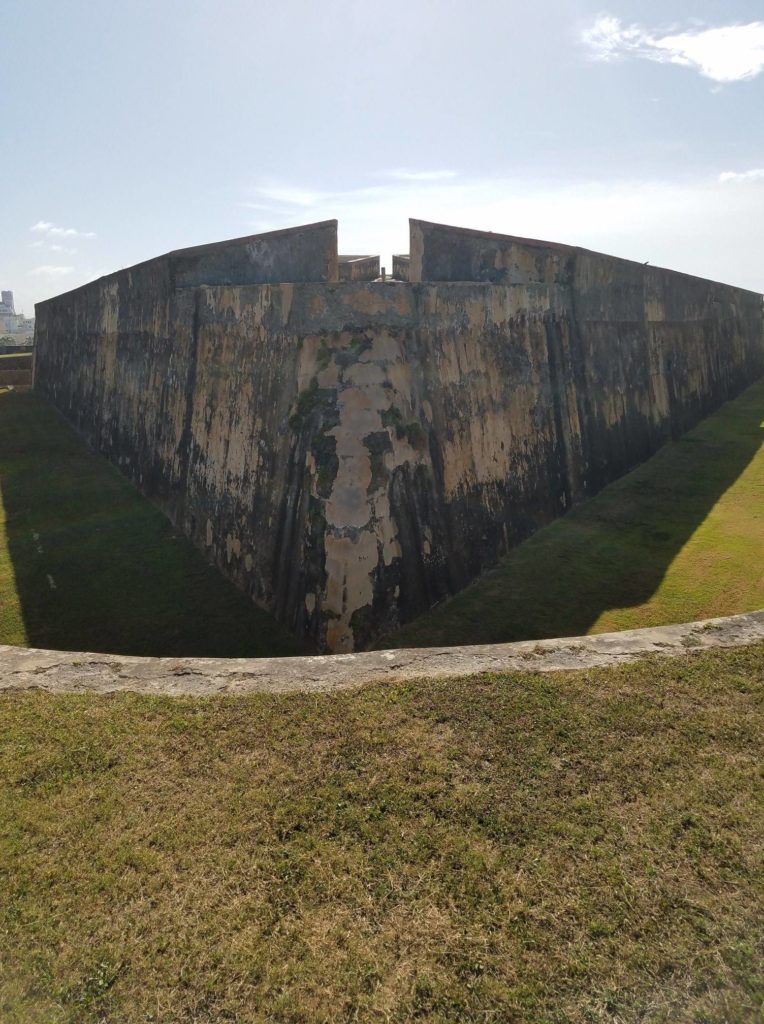
One can observe that the structures came right up to the walls of the city, whose entrances consisted of two doors with lift bridges.
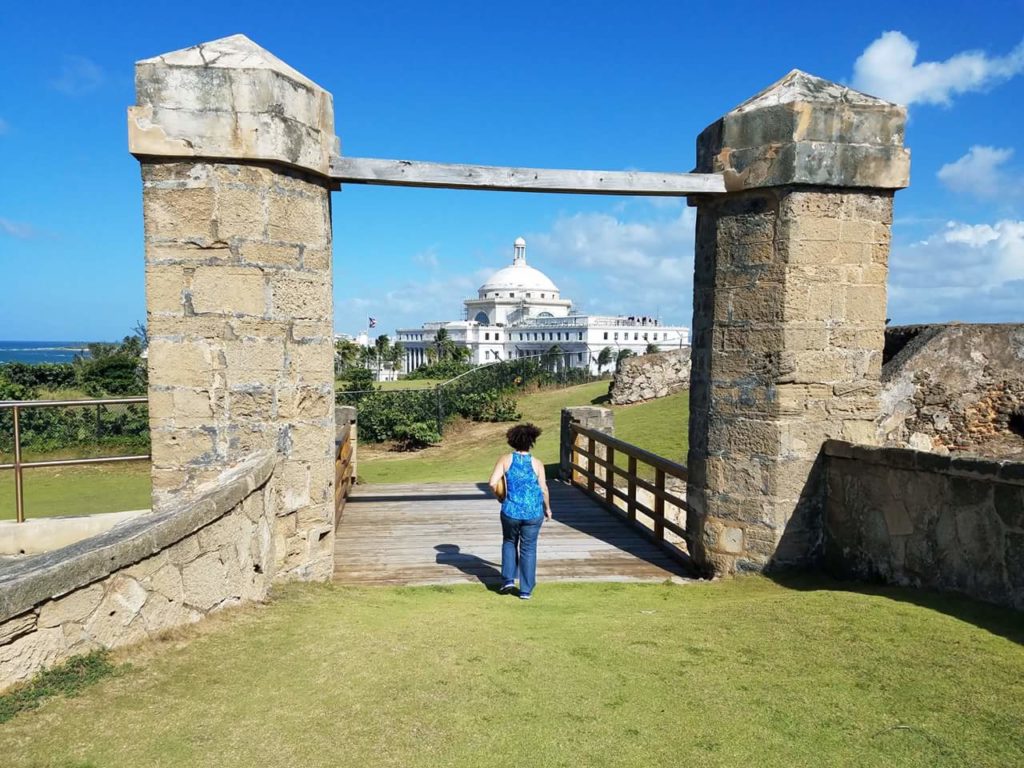
At the end of the esplanade is the third and last line of defense, the “Fan” (Abanico) that had its three cannons. And yes, it literally has the shape of a fan. On its side and towards the sea, is the Battery of the Princess, with a structure housing powder kegs and ammunition between both structures.
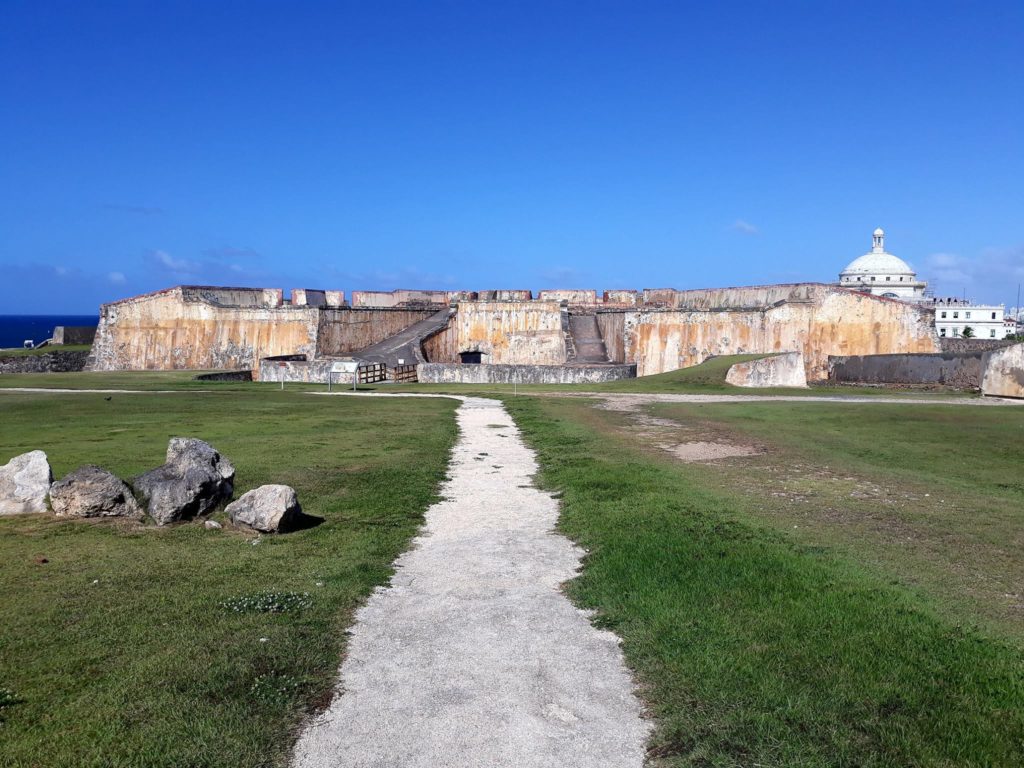
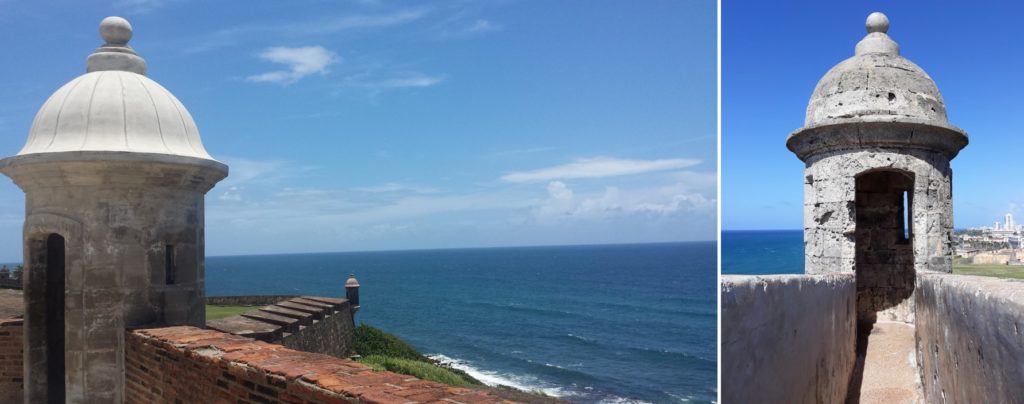

Over the years the Castillo de San Cristóbal would be subject to more modifications / improvements. The last ones were made during the Second World War by the United States of America armed forces. The revised line of defense was especially against the German submarines and to protect their interests in the Caribbean.
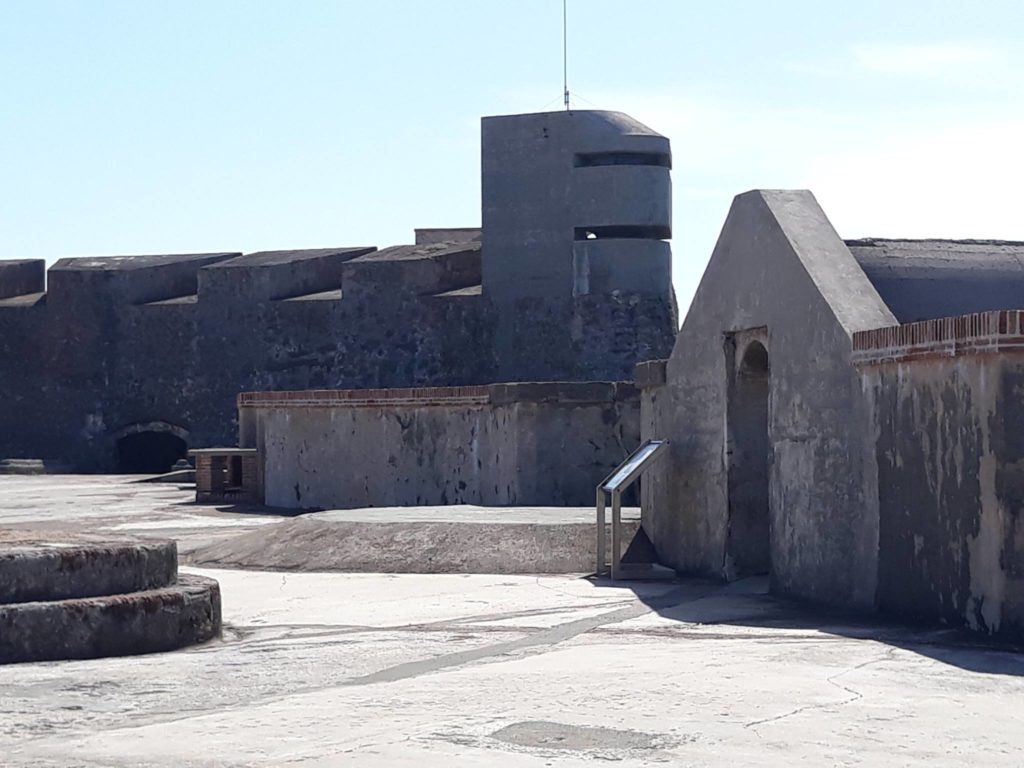
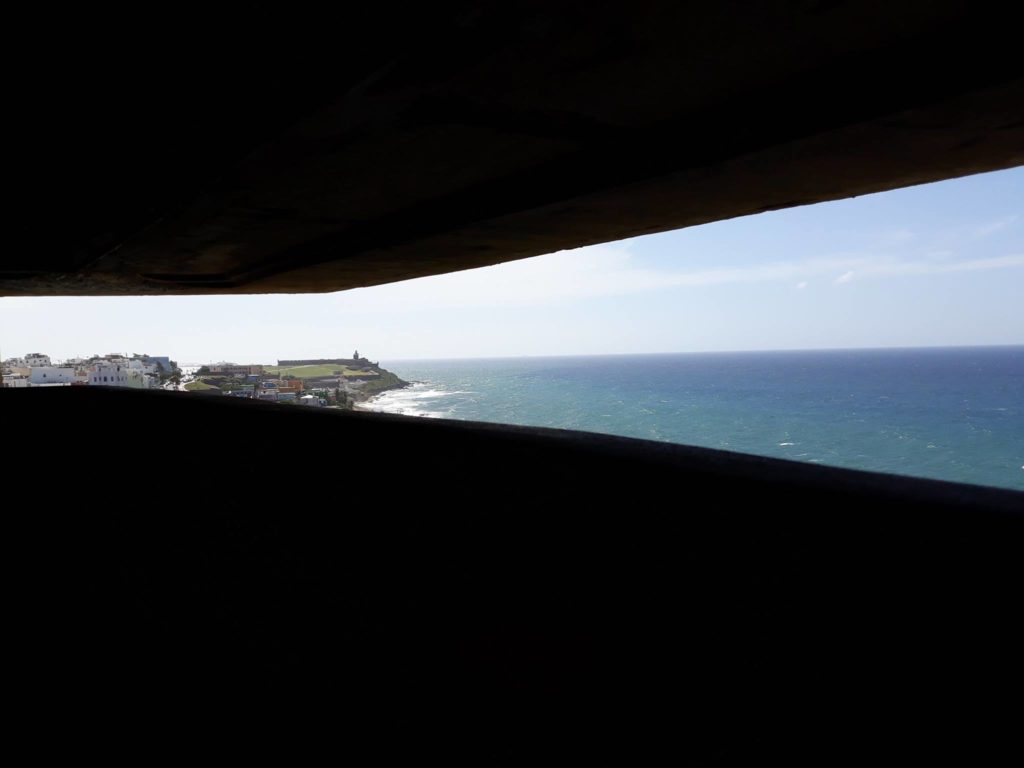
The military presence in this fort ended in 1961, when the US Army closed all the facilities under the command of “Fort Brooke.” Among those facilities are: San Felipe de El Morro, Fort Brooke, Castillo de San Cristóbal, among others. These historical military structures were taken over by National Parks of the United States, which to the present maintain their custody and protection.
* The names of the city and the Island were later inverted, Puerto Rico (city) became the City of San Juan Bautista and the Island of San Juan Bautista (as originally name by Christopher Columbus) became Puerto Rico.
